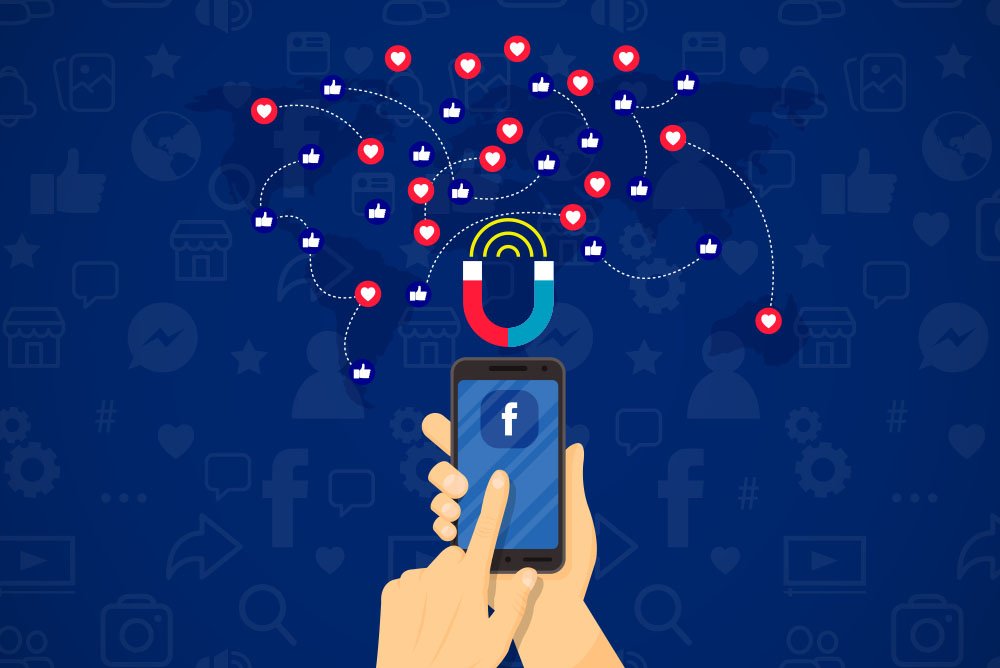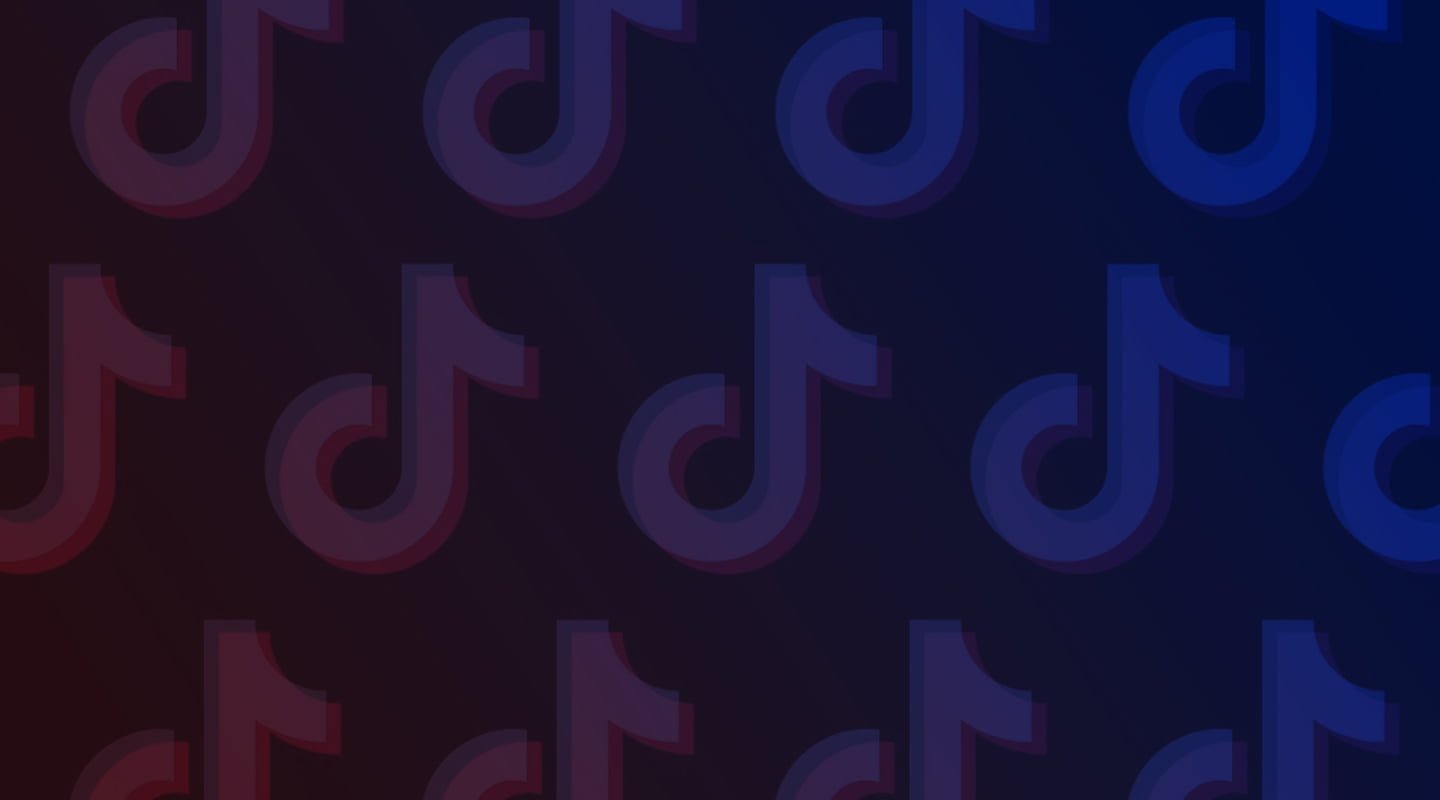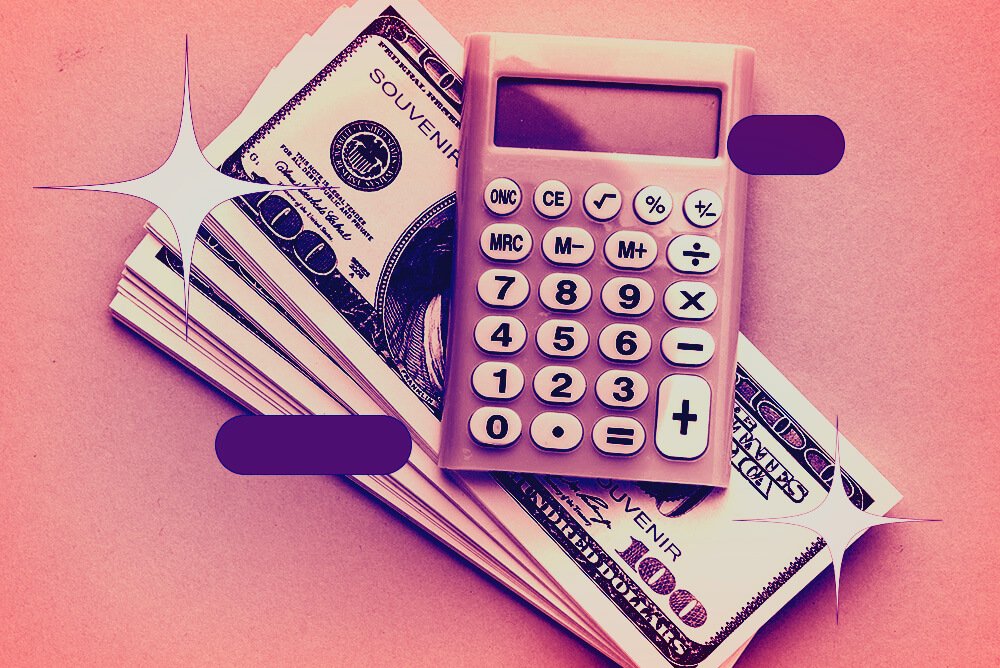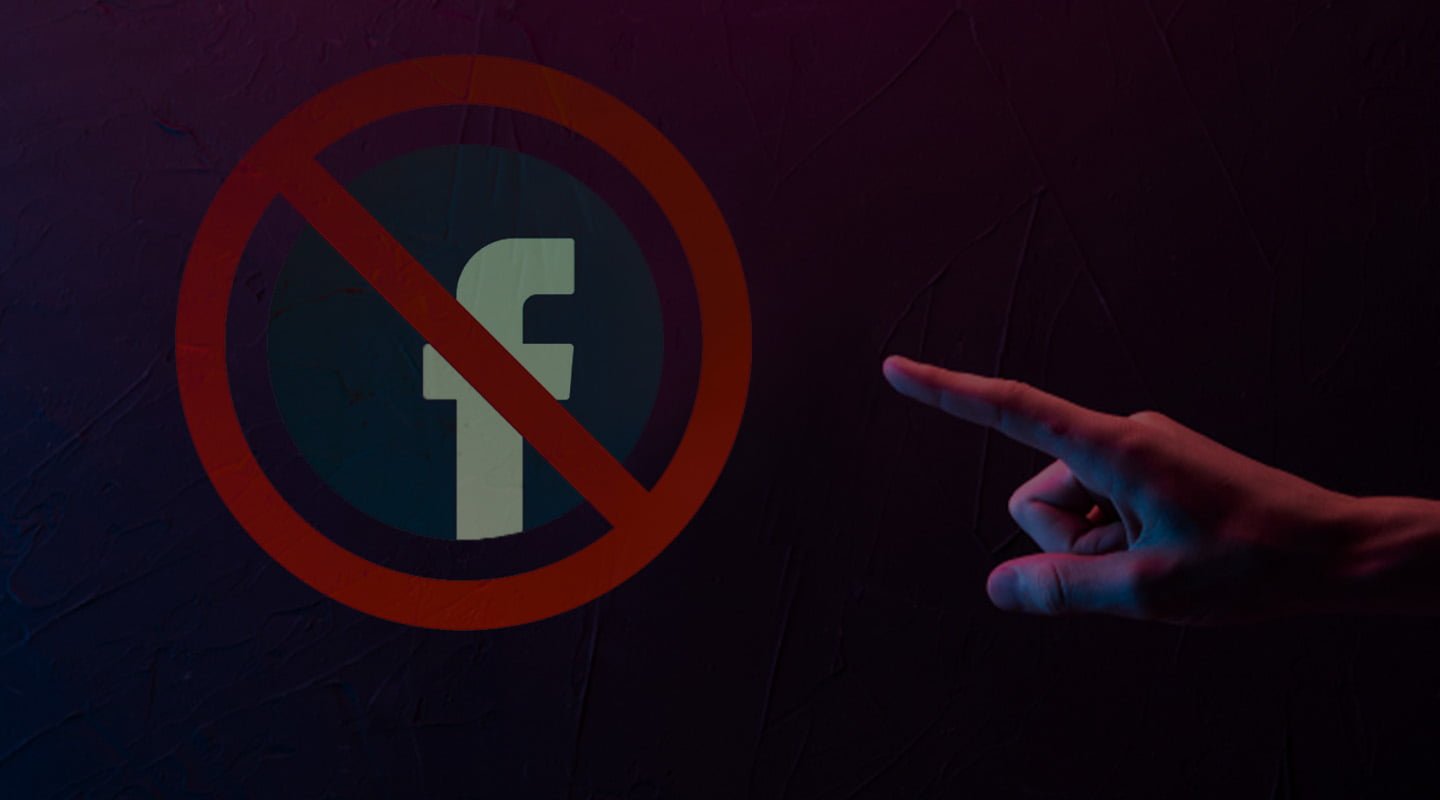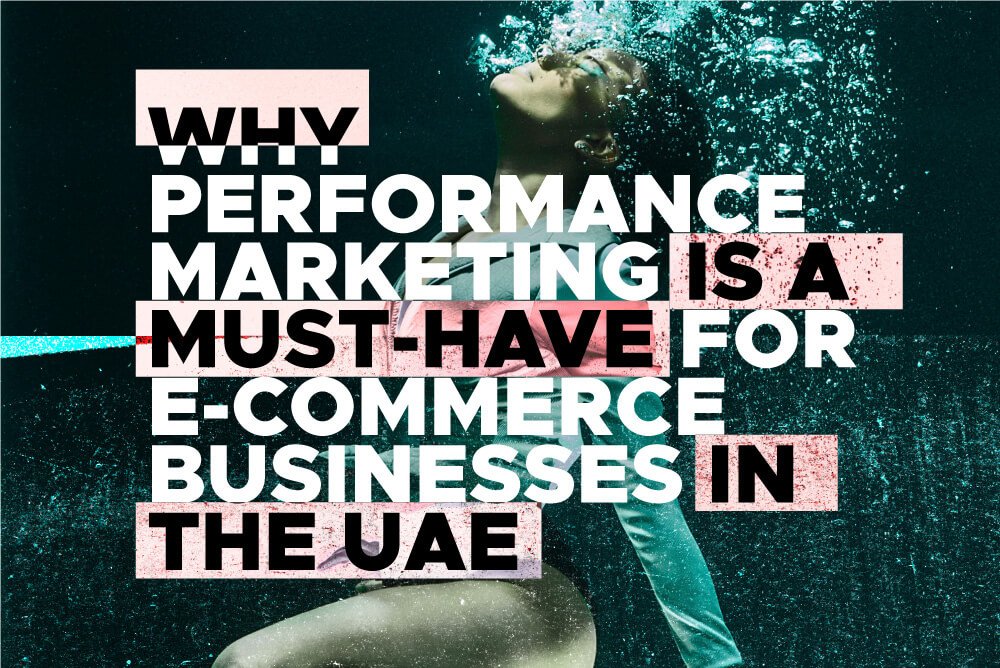
The Significance of Storytelling in Facebook Advertising
We will cover topics such as the advantages of using story-based content for brand building, strategies for creating compelling narratives for ads, and the best practices for leveraging storytelling techniques to make an impact on social media platforms, mainly Facebook. It will also discuss how brands can use stories to engage their customers and drive conversions. With the help of effective brand storytelling, brands can attract more users, increase engagement, and ultimately generate greater returns on their Facebook ad campaigns. Also with the help of a Digital media buying agency, you can bypass all Facebook advertising restriction and scale up your business.

Why Storytelling Works: Brand Storytelling & Emotional Advertising
Techniques for Telling Stories in Facebook Ads
Use visuals. Images and videos can be great for telling stories. They provide a visual aid to help illustrate your story and engage the viewer.
Showcase what’s unique about your brand. Tell the story of how you stand out from the competition, or why customers should choose you over other brands.
Encourage user-generated content. User-generated content is a great way to get people involved in your story. Ask customers and fans to share their stories, and feature them in your ads.
Highlight customer success stories. Share stories of how customers have been successful with your brand or product. This can help build trust and loyalty with potential customers.
Another important factor to consider in Meta advertising is relevance. To make sure that your storytelling techniques are effective in Facebook ads, create engaging content based on the principle of showing not telling.

Video Storytelling in Facebook Ads
Visual Storytelling in Facebook Ads
Visual storytelling through Facebook ads has many benefits for businesses. A great visual story can engage customers, help create an emotional connection with the brand, and lead to increased sales. By creating a compelling narrative with visuals, businesses can increase the effectiveness of their advertisement and create an impactful experience for viewers. When creating a story through visuals, it is important to consider the message being conveyed and how the visuals can support it. It is also essential to plan ahead and create a cohesive narrative with the visuals. In fact, Visual storytelling in Facebook ads can significantly enhance engagement and achieve a good CTR for Facebook ads, capturing the attention of viewers and effectively conveying brand messages through compelling imagery and narratives.Think about how each step of the story could be illustrated through images, videos, or other visuals. The visuals should also be relevant to the audience’s interests and needs.
Here are some of the best practices for creating engaging visual storytelling on Facebook:


